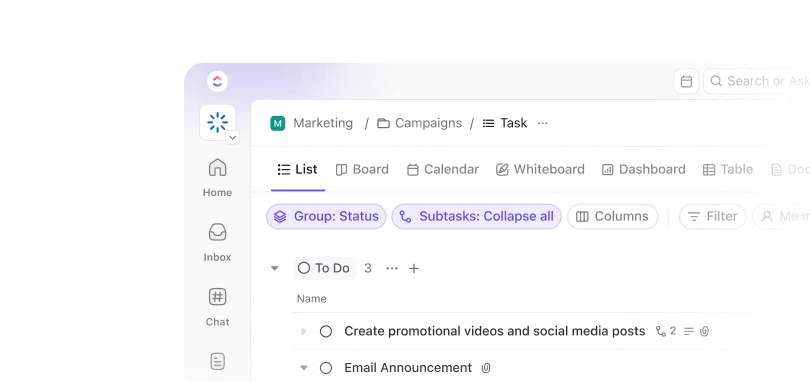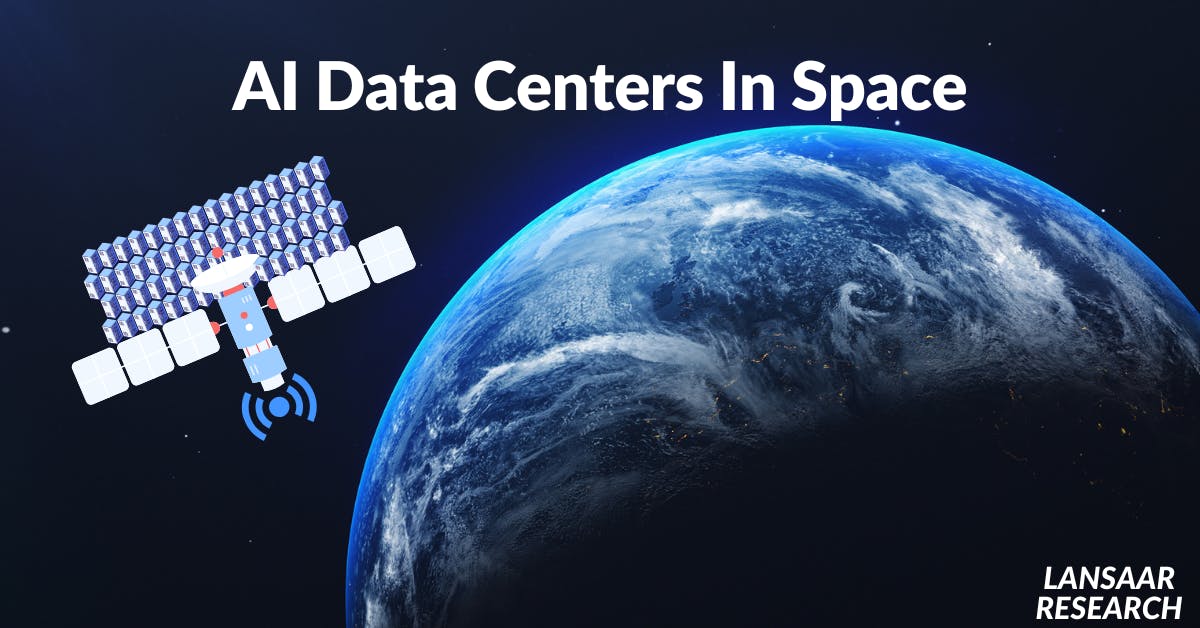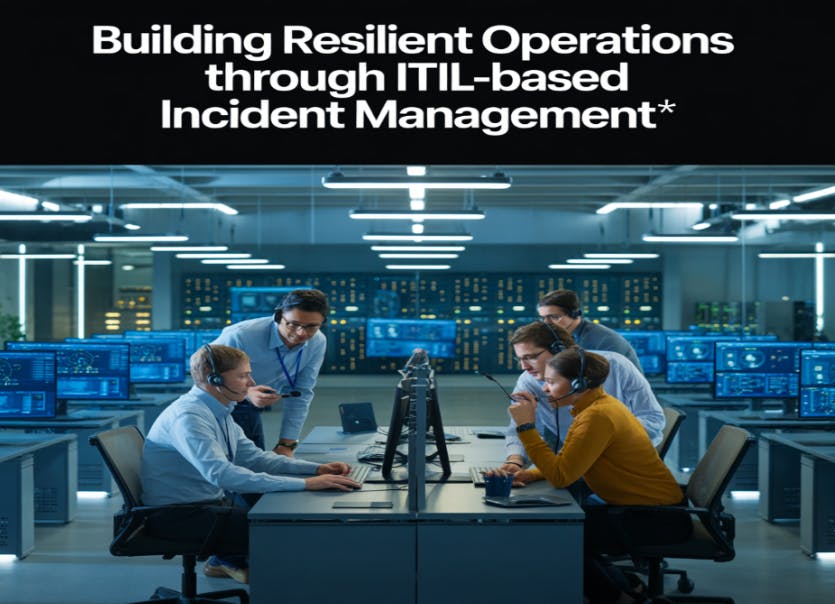Just last month, I watched my 12-year-old nephew ask ChatGPT to write a story about a dragon who codes websites. Within seconds, he had a three-page tale complete with technical jokes I barely understood.
That moment crystallized something I’d been thinking about for months: generative AI isn’t just changing how we work, it’s reshaping how we create, learn, and solve problems.
In this guide, I’ll walk you through what generative AI actually is, why it matters for your work and daily life, and what you need to know about its capabilities and limitations.
Whether you’re curious about the technology behind tools like ChatGPT and DALL-E or wondering how this might affect your industry, you’ll leave with a clear understanding of this transformative technology.
Key Takeaways
- Generative AI creates original content using patterns learned from large datasets.
- Early adopters see productivity gains and revenue boosts from generative AI use.
- Key challenges include AI inaccuracies, biases, security risks, and resource intensity.
- Successful AI integration requires human oversight, training, and responsible implementation.
What Is Generative AI?
Generative AI is an advanced form of artificial intelligence that creates original content by learning patterns from vast datasets. Unlike traditional AI systems that classify data or make predictions, generative AI produces entirely new outputs including text, images, audio, video, and code.
These models use deep learning architectures like transformers to understand complex patterns and generate human-like creative content.
The key difference lies in purpose and output.
Traditional machine learning might analyze thousands of emails to determine which ones are spam. Generative AI, however, studies those same emails to learn how people write, then creates new emails, stories, or marketing copy that feels authentically human.
This shift from analysis to creation represents one of the most significant advances in AI technology since the field began.
Related: Traditional AI and generative AI compared side-by-side
The Core Components of Generative AI
Generative AI systems comprise several interconnected technologies that work together to create new content. These include:
- Foundation Models: Large language models trained on massive datasets (often billions of tokens) that can produce context-appropriate outputs across multiple domains.
- Training Data: Quality datasets spanning text, images, audio, and video that teach models the patterns and structures of human communication and creativity.
- Transformer Architecture: The 2017 breakthrough that enables models to process long sequences and handle complex dependencies, powering tools like GPT and DALL-E.
- Sampling Methods: Techniques like beam search and temperature control that influence how creative versus accurate the generated outputs will be.
- Prompt Engineering: The practice of crafting instructions that guide models toward producing specific, useful outputs rather than generic responses.
These components work together like instruments in an orchestra, with each element contributing to the final creative output while the transformer architecture serves as the conductor coordinating the entire process.
Common Types of Generative AI [& Use Cases]
Generative AI produces diverse content types that serve practical applications across industries, from automating routine tasks to enabling entirely new forms of creative expression.
- Text Generation: Chatbots, email drafting, content creation, and technical documentation that maintains consistent voice and style across large volumes.
- Image and Video Creation: Marketing visuals, product mockups, personalized content, and video synthesis for training materials or entertainment.
- Audio Production: Voice synthesis for customer service, music composition, podcast editing, and accessibility features like text-to-speech.
- Code Development: Automated programming assistance, bug detection, and boilerplate generation that increases developer productivity by 55.8% according to controlled studies.
- 3D and Simulation: Virtual environment creation, product design prototypes, and digital twins for testing scenarios without physical resources.
You can find some of these within Brain. We’ve built these features to help enhance productivity and make teams even more efficient.
These applications demonstrate how generative AI extends human capabilities rather than simply replacing human workers, creating new possibilities for collaboration between artificial and human intelligence.
Why Generative AI Matters for Productivity
Generative AI matters for productivity because it enables organizations to create high-quality content significantly faster, reduces operational costs, and democratizes creative processes.
Companies adopting generative AI have seen productivity improvements averaging 22.6% and revenue increases of at least 10% within their first year. Early adopters report cost savings around 15.2% without compromising quality, highlighting immediate bottom-line benefits.
Beyond efficiency metrics, generative AI empowers smaller teams to achieve outputs previously limited to large-scale operations, leveling the playing field by eliminating budget and expertise constraints.
This democratization extends across industries, enabling rapid content prototyping, enhanced personalization, and improved accessibility.
All of which compound over time as teams grow their expertise in prompt engineering and workflow integration.
The Limitations and Challenges of Generative AI
Despite impressive capabilities, generative AI faces several significant challenges that users and organizations must understand and address through careful implementation strategies.
- Hallucinations and Inaccuracies: Models can produce confident but incorrect information, with the NIST AI Risk Management Framework identifying confabulation as a key risk requiring human oversight.
- Bias and Fairness Issues: Training data biases can amplify harmful stereotypes or exclude certain groups, requiring careful dataset curation and ongoing monitoring.
- Privacy and Security Risks: Models may inadvertently leak sensitive information or enable new forms of cyberattacks through deepfakes and sophisticated phishing attempts.
- Resource Intensity: Training and running large models requires significant computing power and energy, creating environmental and cost considerations for widespread deployment.
- User Trust Challenges: Developer surveys show declining trust despite increased adoption, with 66% reporting more time spent fixing AI-generated code than initially expected.
While these challenges are real, most can be mitigated through proper implementation practices, human oversight, and adherence to emerging industry standards and regulatory guidelines.
Future Outlook & Regulatory Considerations
As time goes on, it becomes clear that the generative AI landscape is evolving quickly, pushing beyond experimentation into structured integration.
Organizations are already exploring more advanced systems, including agentic AI – autonomous agents capable of independently executing tasks and collaborating seamlessly with other AI models.
Another significant shift involves multimodal integration, where models handle text, images, audio, and video simultaneously.
This capability opens entirely new possibilities across creative and technical fields, making AI applications richer and more contextually aware.
As these advancements unfold, regulatory frameworks are starting to catch up.
The European Union’s AI Act, set for full implementation by 2025, introduces a risk-based approach to AI governance, categorizing systems according to their potential impacts and prescribing corresponding oversight. Similarly, NIST has released detailed guidelines to help enterprises classify AI risks and apply suitable mitigation strategies.
Professional organizations and regulatory bodies worldwide are stepping in to standardize ethical guidelines, transparency, and safety standards. These standards aim to ensure responsible deployment and build public trust as generative AI becomes deeply integrated into various sectors.
Alongside regulatory developments, there’s a notable industry shift toward specialized AI models—trained on proprietary datasets tailored to specific domains. This specialization increases both accuracy and security, providing enterprises with targeted tools that better meet their unique business needs.
Together, these trends illustrate a maturing generative AI industry poised for widespread adoption, underpinned by increasingly robust governance frameworks and a growing focus on accountability and ethical practice.
Frequently Asked Questions
Generative AI requires human guidance through prompts and oversight for quality control. While models can produce sophisticated outputs, they lack true understanding and need human judgment for complex decisions.
AI serves as a creative tool rather than a replacement, helping humans explore ideas faster and overcome creative blocks while requiring human insight for strategic direction and emotional resonance.
Search engines retrieve existing information, while generative AI creates new content by combining learned patterns. This enables original outputs but also introduces risks of inaccuracy that don’t exist with traditional search.
Costs vary from free consumer tools to enterprise solutions requiring significant infrastructure investment. Many organizations start with API-based services before developing custom implementations.
Data safety depends on the specific tool and implementation. Enterprise solutions often provide better privacy controls, while free consumer tools may use inputs for further training.
Final Thoughts About Generative AI
Generative AI represents a fundamental shift in how we approach creativity, productivity, and problem-solving. While the technology offers impressive capabilities for content creation, automation, and personalization, success depends on understanding both its potential and limitations.
After working with various AI tools over the past two years, I’ve learned that the most effective implementations combine AI capabilities with human judgment, using the technology to augment rather than replace human expertise.
The organizations seeing the biggest benefits are those that invest time in understanding the technology, training their teams, and implementing proper oversight processes.
Here’s your action plan for getting started:
[ ] Experiment with consumer AI tools to understand capabilities
[ ] Identify specific use cases where AI could improve your workflow
[ ] Develop prompt engineering skills through practice and training
[ ] Stay informed about regulatory developments in your industry
[ ] Establish guidelines for responsible AI use in your organization
As generative AI continues evolving, the key to success lies in approaching it as a powerful tool that amplifies human capabilities rather than a magic solution that works without human insight and oversight.

Everything you need to stay organized and get work done.












